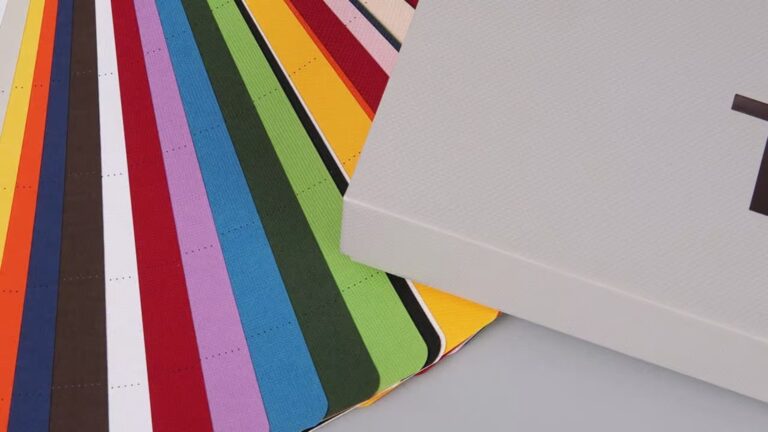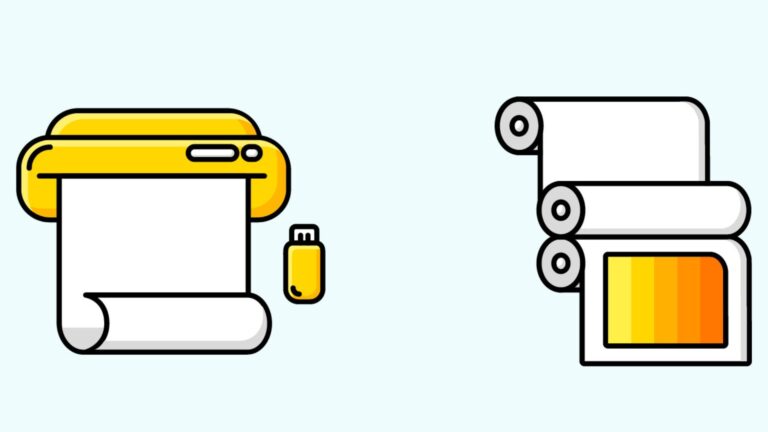
Self-publishing empowers authors to take control of every aspect of their book’s creation, from content to design and production. One of the most crucial decisions in this process is selecting the right paper type. The paper impacts not only the book’s look and feel but also its durability, readability, and printing cost. Choosing the best paper type for your self-published book can elevate its professionalism and appeal. This article explores the top paper types commonly used in self-publishing and what to consider when making your choice.

Why Paper Choice Matters in Self-Publishing
The paper you select affects the reader’s experience and the book’s longevity. Factors such as weight, brightness, texture, and opacity influence how your text and images appear, how the book feels in hand, and how well it holds up over time.
For example, lightweight, thin paper can reduce shipping costs and book weight but may allow text to show through pages (called “show-through”). Heavier, brighter paper improves print quality but increases production costs.
Popular Paper Types for Self-Published Books
1. Uncoated Offset Paper
Uncoated offset paper is the most common choice for the text pages of novels, memoirs, and nonfiction books. It has a natural, matte finish with a slight texture that makes reading comfortable and reduces glare.
-
Weight: Typically 50–60 lbs (74–90 GSM)
-
Benefits:
-
Affordable and widely available
-
Good opacity to prevent show-through
-
Suitable for black and white or simple color printing
-
-
Ideal for: Text-heavy books like novels and academic works
2. Coated Paper
Coated paper has a smooth, treated surface that produces vibrant colors and sharp images. It’s often used for photo books, art books, and cookbooks where image quality is critical.
-
Weight: Usually 80–100 lbs (120–150 GSM)
-
Benefits:
-
Enhances color saturation and sharpness
-
Resists ink bleed and smudging
-
Offers finishes like glossy, matte, or satin
-
-
Ideal for: Books with high-quality images or glossy brochures
3. Cream or Natural Paper
Cream or natural-colored paper offers a softer, warmer tone compared to bright white paper. It reduces eye strain and gives books a classic, vintage feel.
-
Weight: Typically similar to uncoated paper (50–60 lbs)
-
Benefits:
-
Comfortable for extended reading
-
Adds elegance to literary works and poetry
-
-
Ideal for: Fiction, literary collections, and personal memoirs
4. Recycled Paper
For environmentally conscious authors, recycled paper is an excellent choice. Modern recycled papers are often acid-free and made from post-consumer waste.
-
Weight: Varies, but often similar to uncoated papers
-
Benefits:
-
Eco-friendly and sustainable
-
Available in various finishes and weights
-
-
Ideal for: Any genre where green credentials matter
Factors to Consider When Choosing Paper for Self-Publishing
-
Readability: Text-heavy books benefit from uncoated or cream paper with good opacity and low glare.
-
Image Quality: For photo-heavy books, coated papers deliver vibrant, sharp images.
-
Durability: Heavier paper feels more substantial and lasts longer but increases costs.
-
Cost: Higher GSM and coated papers cost more to print and ship. Balance quality with budget.
-
Printing Method: Ensure your chosen paper is compatible with your printer, whether digital or offset.
Conclusion
Selecting the best paper for your self-published book is a vital step in the production process. Whether you prioritize readability, image quality, or sustainability, understanding the characteristics of different paper types helps you make informed decisions. Uncoated offset paper suits most text-based books, while coated papers elevate image-heavy projects. Cream-colored and recycled papers offer unique aesthetic and environmental benefits. Ultimately, the right paper choice enhances your book’s appeal and reflects your vision as an author.






